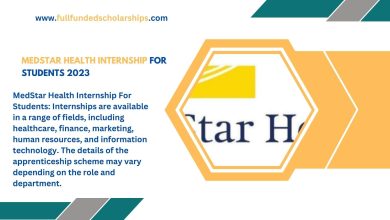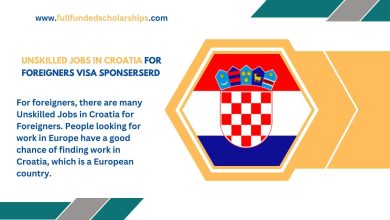November 3, 2023
Visa Sponsorship Jobs in Denmark 2024 – Apply Now
Denmark is almost certainly among the happiest countries in the world. Apply for the Denmark Visa Sponsorship Jobs. Among the…
September 26, 2023
Sales Jobs in UK with Visa Sponsorship 2023 – Apply Now
Sales Jobs in UK with Visa Sponsorship: We offer visa sponsorship for sales positions in the United Kingdom. You will…
September 22, 2023
Russian Scholarship in Russia 2024
Those who want to apply for the Russian Scholarship in Russia 2024 are encouraged to do so. The Russian Government…
September 20, 2023
UNICEF Internship 2023 – Visa Tickets
UNICEF Internship 2023: The UNICEF Internship Program is a great way for students and recent graduates to get real-world experience…
September 16, 2023
Commonwealth Graduate Scholarships in UK – Fully Funded
The Commonwealth Graduate Scholarships in UK are open for applications. This grant is open to international students from Commonwealth countries.…
September 12, 2023
SIIT Graduate Scholarships in Thailand 2024 – Fully Funded
Those who want to apply for the SIIT Graduate Scholarships in Thailand 2024 are encouraged to do so. At Sirindhorn…

















